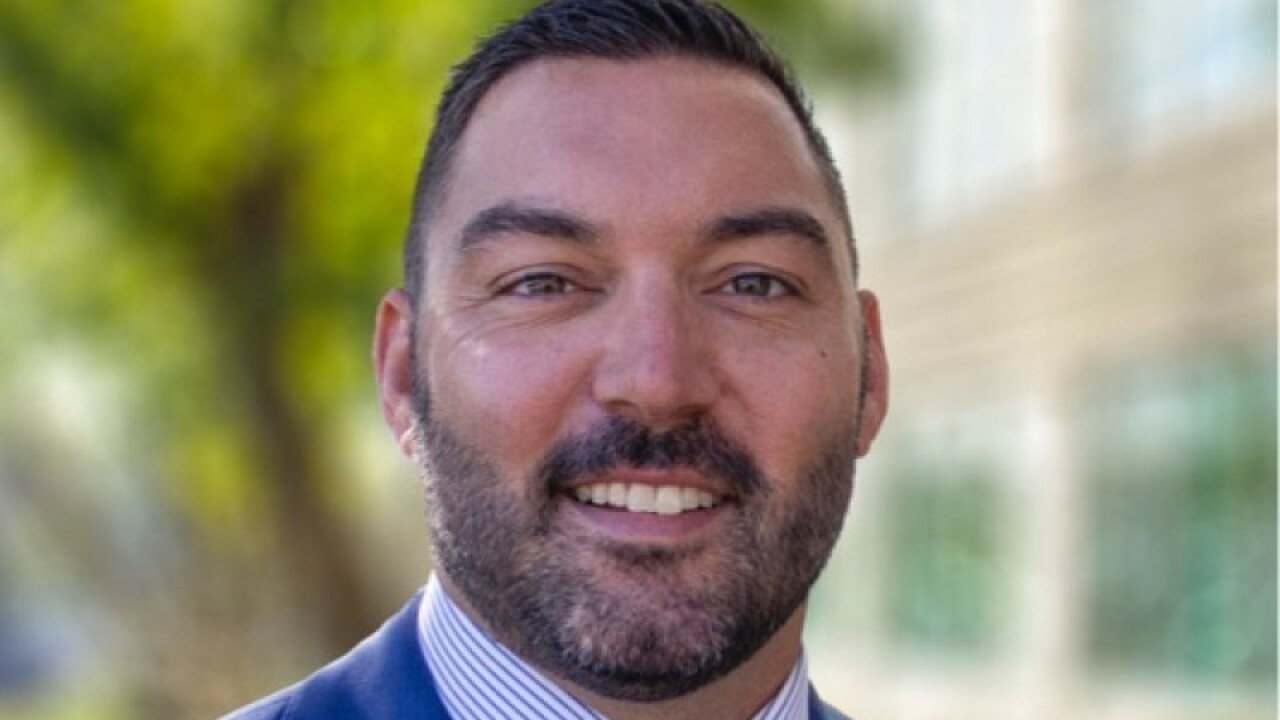NEW YORK- Growth in emerging markets has the potential to outpace the U.S. Baby Boomer explosion by 25 times, and as consumption and infrastructure in these nations builds, specialized emerging market exchange-traded funds will become increasingly viable, said Robert Lutts, president and chief investment officer of Cabot Money Management. That even means sector- and style-specific ETFs, Lutts said, as well as diversified emerging markets blend funds, added Paul Weisbruch, vice president of ETF and options sales and trading at Street One Financial.
Lutts and Weisbruch were speaking at the "ETF 360: Investing Strategies for Advisors" conference here, sponsored by sister publications Financial Planning, On Wall Street and Bank Investment Consultant.
"The exciting new area in the emerging markets space is the consumption story," Lutts said. "Lower-cost labor is driving capital to these countries" and improving standards of living at unprecedented rates, he said. "Incomes have risen 10% a year for the past two years in China, creating tremendous demands for automobiles, retail goods and healthcare." And as these needs grow, the infrastructure to deliver the goods becomes imperative.
"It's exactly like our Baby Boomer explosion, but it's 25 times bigger," Lutts said.
Bruno del Ama, co-founder and CEO of Global X Funds, agreed: "We see a lot of growth in emerging markets and ask ourselves what the world will look like in 25 to 30 years." China and Brazil are a big part of that picture, del Ama said.
Ten years from now, emerging markets will easily produce more than half of the global GDP, said Princeton University Economics Professor Burton G. Malkiel, who is also chairman of the index committee at Alpha Shares. In 1998, emerging markets' percentage of the world's $35.4 trillion total in GDP was $13.35 trillion, or 38%, and in 2008, that had grown to $30.32 trillion, or 46% of the $65.4 trillion total, Malkiel said. China's GDP alone as a percent of the world total is estimated to near 13% in 2010, and is on track to reach 15% in 2014, Malkiel said.
Calling China's gross domestic product "an unprecedented growth story," Malkiel pointed to numerous reasons why "China is likely to be the fastest-growing economy in the world over the next decade," not least of which is the rise of the Chinese consumer. Consumption is currently 37% of GDP in China, compared to 70% in the U.S., with immense capacities in many areas. For every 1,000 people in China, 10 own cars, compared to 765 in the U.S., he noted. And consumer credit is only in the early stages in China, where 90% of car buyers pay cash.
Some investors are also turning to local currency and fixed income ETFs because they don't have a lot of confidence in the U.S. dollar, said Richard C. Kang, chief investment officer and director of research at EG Shares.
As to downsides of emerging markets, they do tend to be inefficient in terms of transparency and liquidity, which is why ETFs should be included in an emerging markets portfolio with the sole purpose of shorting the market, Kang said.
Kang also believes these inefficiencies are all the more reason to invest in actively managed, specialized, locally focused emerging market ETFs that offer exposure to specific countries, styles, market capitalizations and themes. As for the argument that emerging markets ETFs have become too specific, Kang says the opposite is true. "We are at the stage [when investors are ready] for strategy-specific ETFs," he said.
"You'll see growth and value tilts to these indexes at some point because they create alpha in a low-cost structure," Weisbruch said.
But when investing in a highly specialized ETF, Kang says it is important to look very carefully at the top five to seven holdings. EG Shares, for example, doesn't want exposure to state-owned companies. Likewise, Cabot Money Management doesn't like Russian investments since the government has taken over most industries.
And as to the argument that emerging markets carry risks that developed nations do not, Bruno said developed nations are facing increasing risks every day. "Clearly, there are differences in corporate governance, civil liberties and politics," Bruno reasoned, "but the highly leveraged governments in developed markets seem very risky as well."
"Let's look at where you are in the developed nations," Kang added. "Japan has had five prime ministers in the past five calendar years. Europe has been force-fed a single currency, and in the U.S., you certainly have political risk not to mention the S&P 500 losing 50% of its value twice in the past 10 years. In emerging markets, you have currency and market risk, sure, but you are compensated for it."
Larger institutional investors and financial advisers avoid emerging markets ETFs because they fall short of a 10 million daily trading volume, and they fear that any large purchase will disproportionately move the price, but this is a "misconception," Street One Financial's Weisbruch said. "A number of these products have robust underlying indexes" and hold stocks that themselves are actively traded, he said.
Investors should "lift up the hood and understand what's inside emerging markets ETFs. Access to liquidity is the more important question than volume," he said. Brokers such as Street One understand global and frontier markets ETFs and can offer trading limits and intraday intrinsic values, Weisbruch said.
ETFS can "give you a definite market edge, especially if you trade and execute properly," he said.





